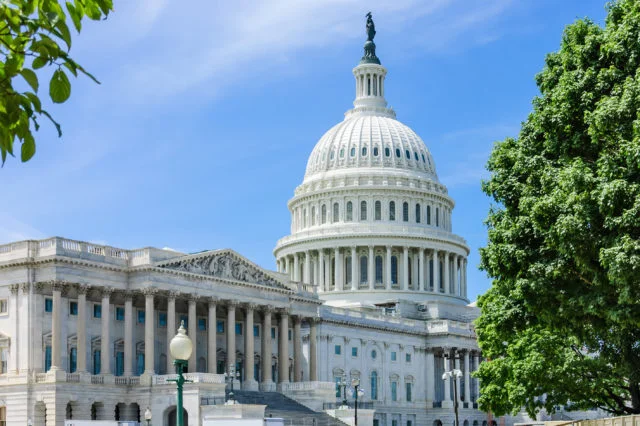
Making Workers Take Retirement Withdrawals at 70½ Could Help Them Use Their 401(k) Balances Efficiently
Alicia H. Munnell is a columnist for MarketWatch and director of the Center for Retirement Research at Boston College.
Arguing that we need to delay withdrawals to 75 as a work incentive doesn’t hold water.
In a recent meeting I attended, participants were bemoaning the fact that people are reluctant to withdraw their 401(k) accumulations. Much emphasis was placed on the word “decumulation,” which apparently has negative connotations. The answer apparently is to replace the word “decumulation” with “spending.”
I am sympathetic with the problem. I have always been more concerned about people hoarding their retirement savings than blowing them on a trip around the world. First, people seem to have a psychological attachment to their pile; they have spent a lifetime building it up and may be reluctant to draw it down. Second, people are fearful about end-of-life healthcare needs and want to be sure they have enough money to cover their expenses. Finally, some people seem to have a desire to leave a bequest – perhaps ensuring their immortality! So, without some guidance, chances are high that retirees will deprive themselves of necessities by husbanding their cash.
One possible source of guidance that the time has come to start drawing down and spending is the IRS’s Required Minimum Distributions (RMDs). The IRS does not claim that the RMD policy, which is intended to collect deferred taxes, is the basis of an optimal draw-down strategy. Yet an RMD approach satisfies three important tests of a good strategy. First, it is easy to follow. The IRS requires withdrawal percentages based on tables of life expectancies. Second, the RMD strategy allows the percentage of remaining wealth consumed each year to increase with age, as the retiree’s remaining life expectancy decreases. Third, consumption responds to variations in the value of the financial assets, because the dollar amount of the drawdown depends on the portfolio’s current market value.
The problem is that Congress – in response to endless lobbying by the financial services industry for their high-paid clients – has repeatedly increased the age at which participants are required to take their RMDs. Prior to January 2020, minimum distributions were required to begin at age 70½. The 2019 SECURE Act raised the age to 72, and the 2022 SECURE 2.0 Act further increased it to 73 in 2023 and 75 in 2033. These changes are one component of a strategy to increase the benefits for the high paid. And it removes the possibility of using the RMD as a withdrawal strategy.
My view is that we should reverse this misguided piece of legislation and return the age for RMDs back to 70½ – a suggestion at which my colleagues recoiled in horror. Such a change would drive people to retire early they responded in unison. Really? First, all but about 20 percent of workers are out of the labor force by age 70, and these tend to be the highly educated who are as likely to be working for pleasure as for money. Second, people who continue to work for the same employer do not have to take RMDs. I’m a prime example – well past 70½ but not required to take out RMDs from my Boston College 401(k). Moving the age for RMDs up has nothing to do with work incentives. It simply allows wealthy participants to take advantage of 4½ more years of tax-free growth. We’re wasting money and missing an opportunity here.







